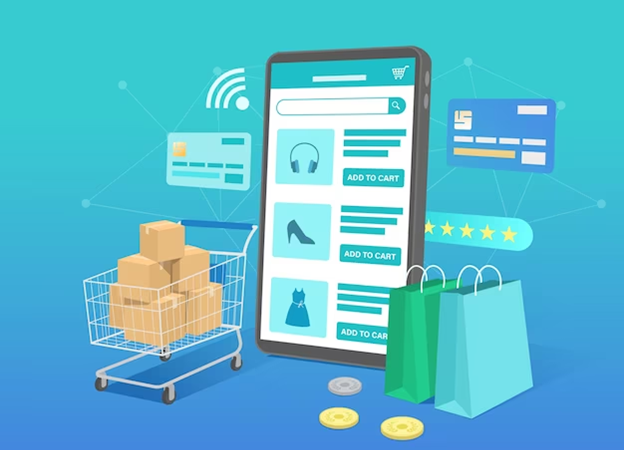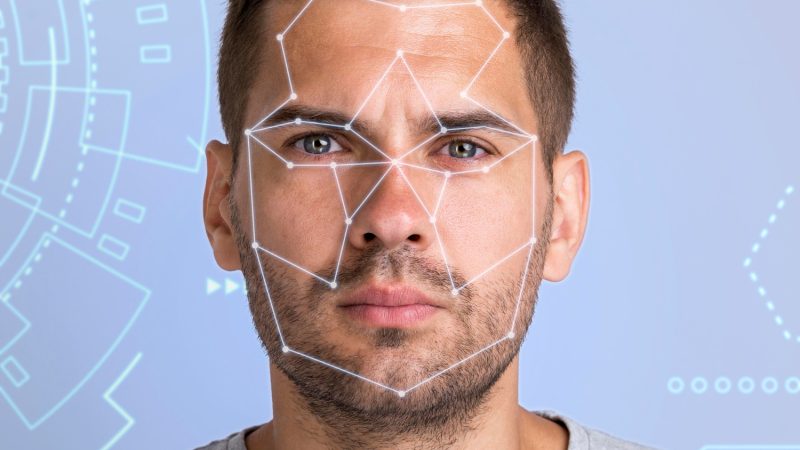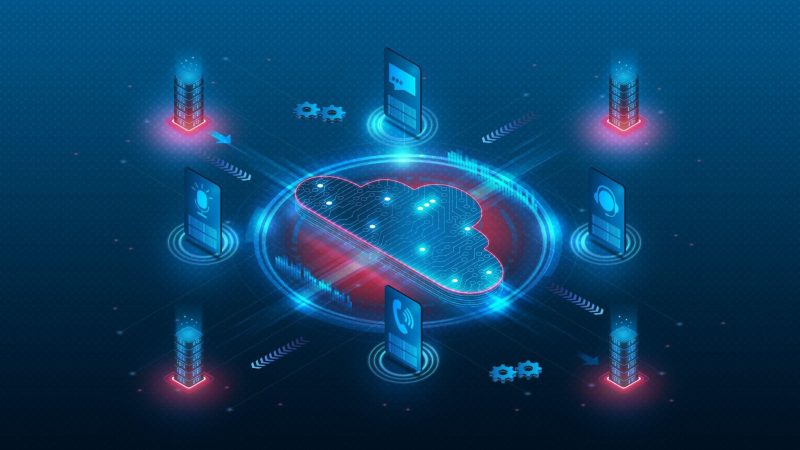Technology’s Role in Streamlining Customer Interactions

In the modern business era, technology serves as the backbone of customer interactions. The evolution of technology has not only transformed how customers engage with businesses but has also set new standards for what they expect from those interactions. Today, technology is not merely an enhancer of customer experience; it is a crucial element that can make or break the relationship between a business and its customers.
The Digital Transformation of Customer Engagement
This digital transformation has redefined customer engagement by providing new platforms for interaction. Social media, mobile apps, and live chats have opened up new avenues for customers to connect with businesses. This shift has led to the expectation of 24/7 availability and instant response times. To meet these demands, companies have turned to technology to ensure they can keep up with the pace required by today’s consumer.
Self-Service Technologies
Self-service technologies are at the forefront of streamlining customer interactions. Kiosks, online FAQs, and interactive portals allow customers to find information and resolve issues on their own without the need for direct interaction with company personnel. This not only empowers customers but also frees up company resources to deal with more complex inquiries. The efficiency of self-service platforms is continually improved through user feedback and behavior analysis, ensuring that they evolve to meet customer needs more effectively.
Artificial Intelligence and Machine Learning
Artificial Intelligence (AI) and machine learning have taken center stage in enhancing customer interactions. Chatbots and virtual assistants powered by AI can handle a multitude of tasks that were once the sole domain of human operators. From answering frequently asked questions to guiding customers through transactions, AI has increased the speed and efficiency of customer interactions. Moreover, machine learning algorithms enable these systems to learn from each interaction, becoming more adept at understanding and responding to customer needs over time.
CRM Systems: The Nerve Center of Customer Interaction
Customer Relationship Management (CRM) systems act as the nerve center for managing customer interactions. They consolidate customer information into a single database, providing a comprehensive view of customer activities and history. This centralized approach ensures that regardless of who in the organization is interacting with the customer, they have access to the same information, leading to a more coherent and informed customer experience.
The Singular Mention of Customer Service
In the realm of these technological advancements, traditional customer service remains a vital element. It’s the personal touch in the sea of digital interactions that often makes a significant difference. While AI and automation handle the routine, customer service agents step in to manage complex issues, provide empathy, and add a human touch that technology cannot replicate. This seamless integration of technology with human-driven customer service is what truly elevates a business’s ability to deliver exceptional customer experiences.
Integration of Omnichannel Strategies
Omnichannel strategies are crucial in providing a consistent customer experience across various platforms. By integrating communication channels, businesses ensure that a customer can switch from social media to email to phone support without any loss of service quality or information. This approach not only improves the customer experience but also streamlines the process of managing customer interactions for businesses.
Data Analytics and Customer Insights
Behind the scenes, data analytics play a pivotal role in streamlining customer interactions. By analyzing data collected from various touchpoints, businesses can gain valuable insights into customer behavior and preferences. These insights can then be used to optimize customer journeys, personalize interactions, and predict future customer needs. The ability to quickly process and act upon this data is made possible by advanced analytics tools that are becoming increasingly sophisticated.
The Role of Cloud Computing in Customer Interactions
Cloud computing has dramatically altered the infrastructure of customer interactions. With the advent of cloud-based services, businesses are no longer constrained by physical location or hardware limitations. This technology enables a more flexible and scalable approach to managing customer data and interactions. Cloud platforms allow for the integration of various customer service tools, ensuring that customer representatives have access to up-to-date information and the latest software capabilities. This flexibility ensures that customer-facing teams can operate efficiently, whether they are in-office or providing support remotely.
The Impact of IoT on Customer Service
The Internet of Things (IoT) is another technological advancement influencing customer interactions. By connecting everyday devices to the internet, IoT provides businesses with a new stream of data and touchpoints for engaging with customers. Smart devices can now automatically send service updates, diagnostics, and alerts to both businesses and consumers, preemptively addressing issues and creating a more proactive service environment. This capability transforms the nature of customer service from reactive to predictive, streamlining interactions and often solving problems before the customer is even aware of them.
Enhancing Personalization through Technology
Personalization is a critical component of modern customer interactions, and technology has enabled personalization to occur at a scale previously unimaginable. Through data analysis and AI, businesses can tailor their interactions to the individual preferences and behaviors of each customer. Algorithms can suggest products, customize service options, and even determine the best time to reach out to customers, creating a highly personalized experience that can significantly enhance customer satisfaction and loyalty.
Securing Customer Interactions
With the increasing amount of personal data being transferred during customer interactions, security has become a large concern. Technology plays a dual role here: it is both the facilitator of data exchange and the guardian of data integrity. Businesses employ advanced encryption, blockchain, and secure authentication methods to protect customer information. By ensuring the security of customer interactions, technology not only protects the customer but also reinforces the trust that is essential to a strong customer-business relationship.
These expansions upon customer interaction technologies illustrate the multifaceted approach businesses must take to provide exceptional service in the digital age. From leveraging cloud capabilities to integrating IoT and ensuring security, each technological advancement is a step towards more seamless, efficient, and personalized customer experiences. The companies that master the use of these technologies are those that will lead the way in customer satisfaction and loyalty in the years to come.
Conclusion
The role of technology in streamlining customer interactions is an ongoing journey of innovation. As we develop and integrate new digital tools, the potential to improve efficiency, personalize service, and enhance customer satisfaction grows. Technology has enabled businesses to not only meet customer expectations but to exceed them, setting new benchmarks for what is considered a standard in customer interactions. By embracing these technological advances, companies can look forward to building stronger, more enduring relationships with their customers.






